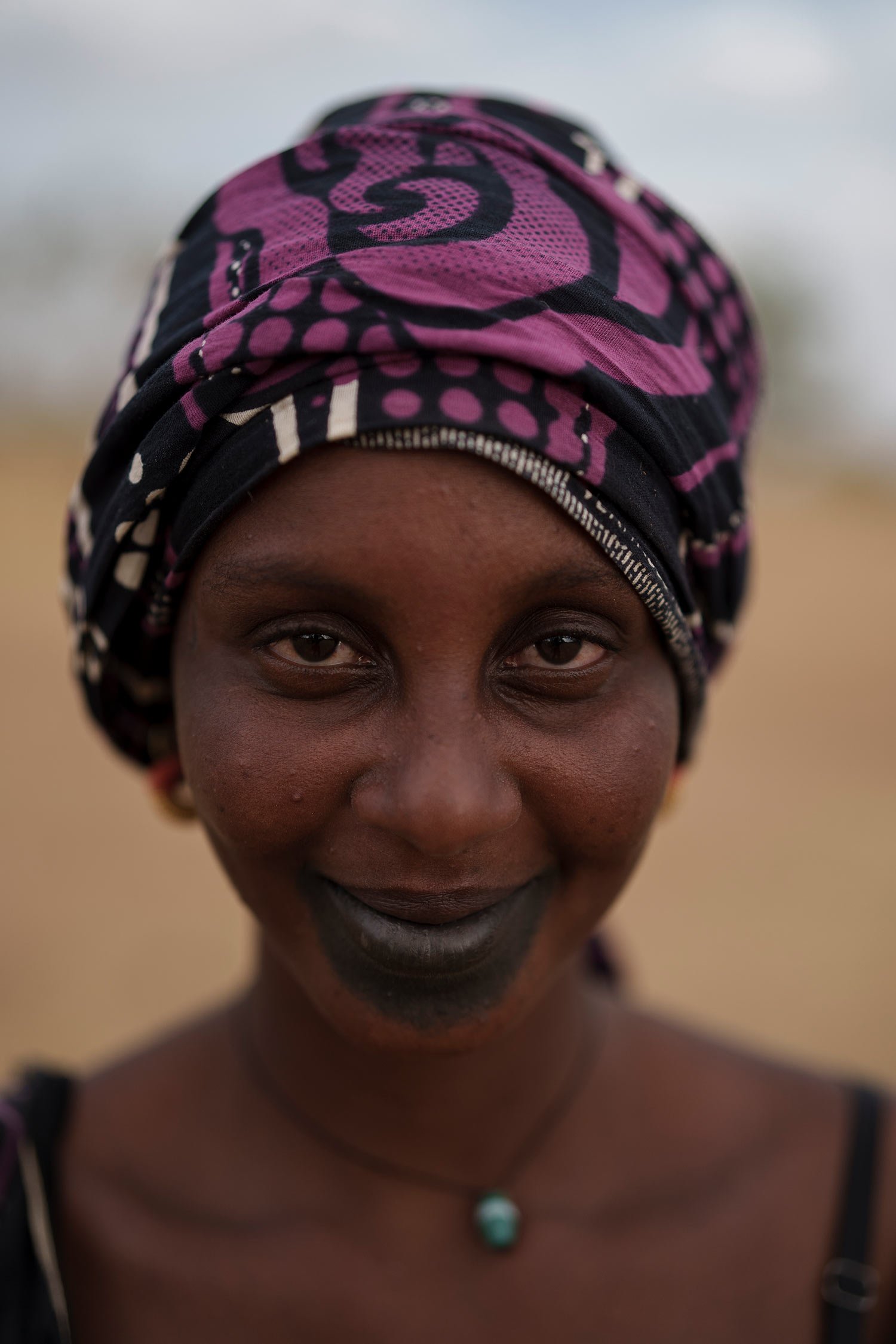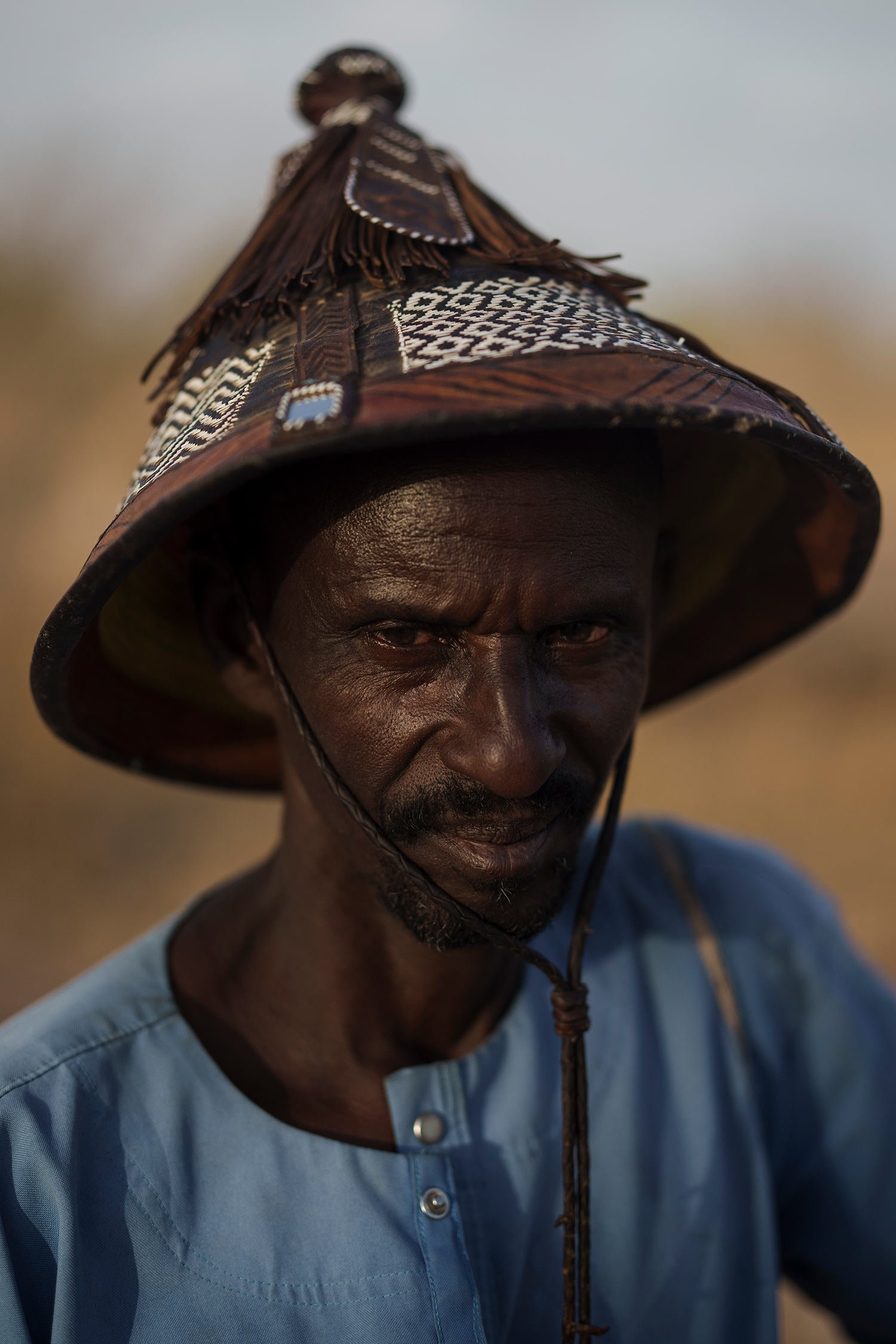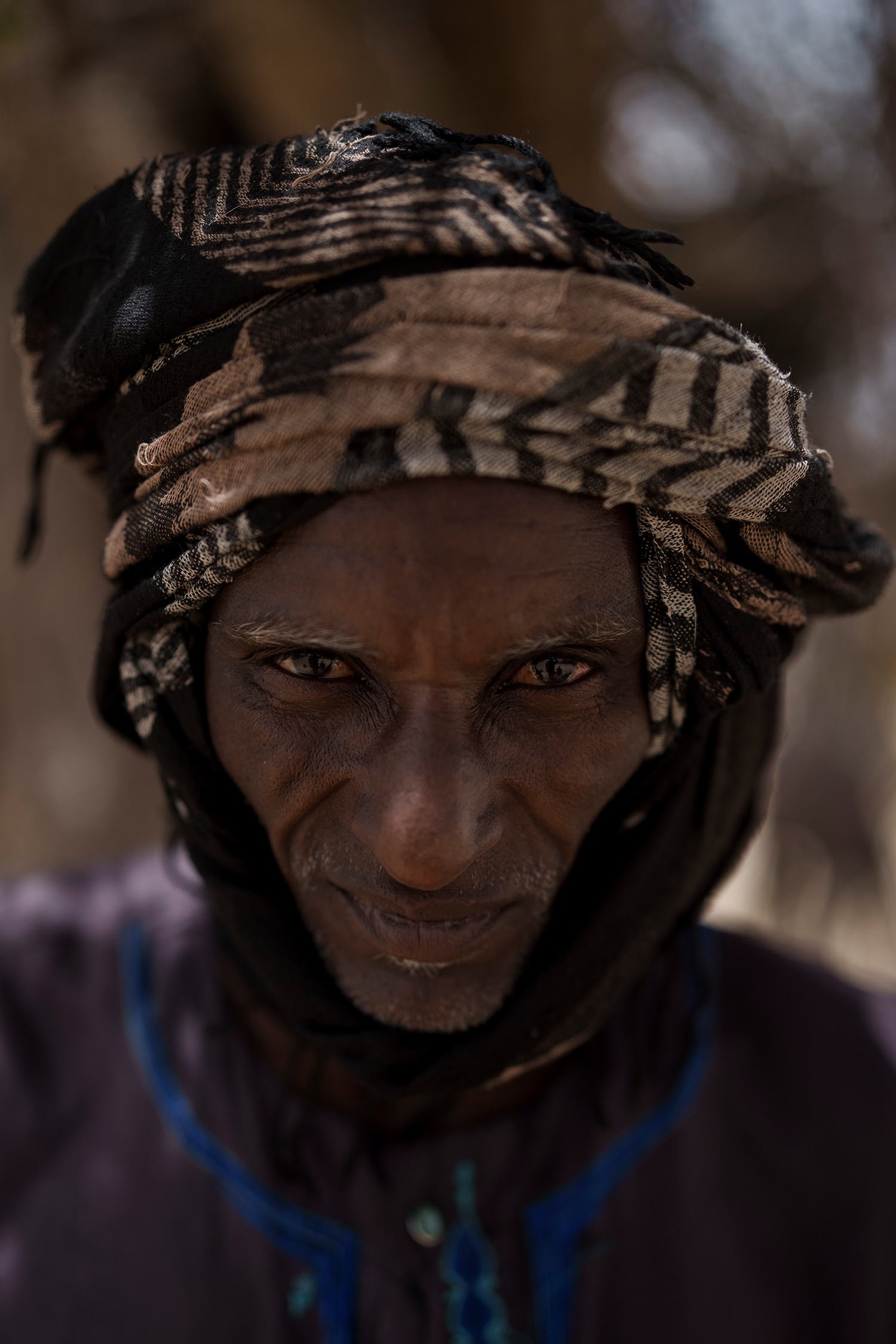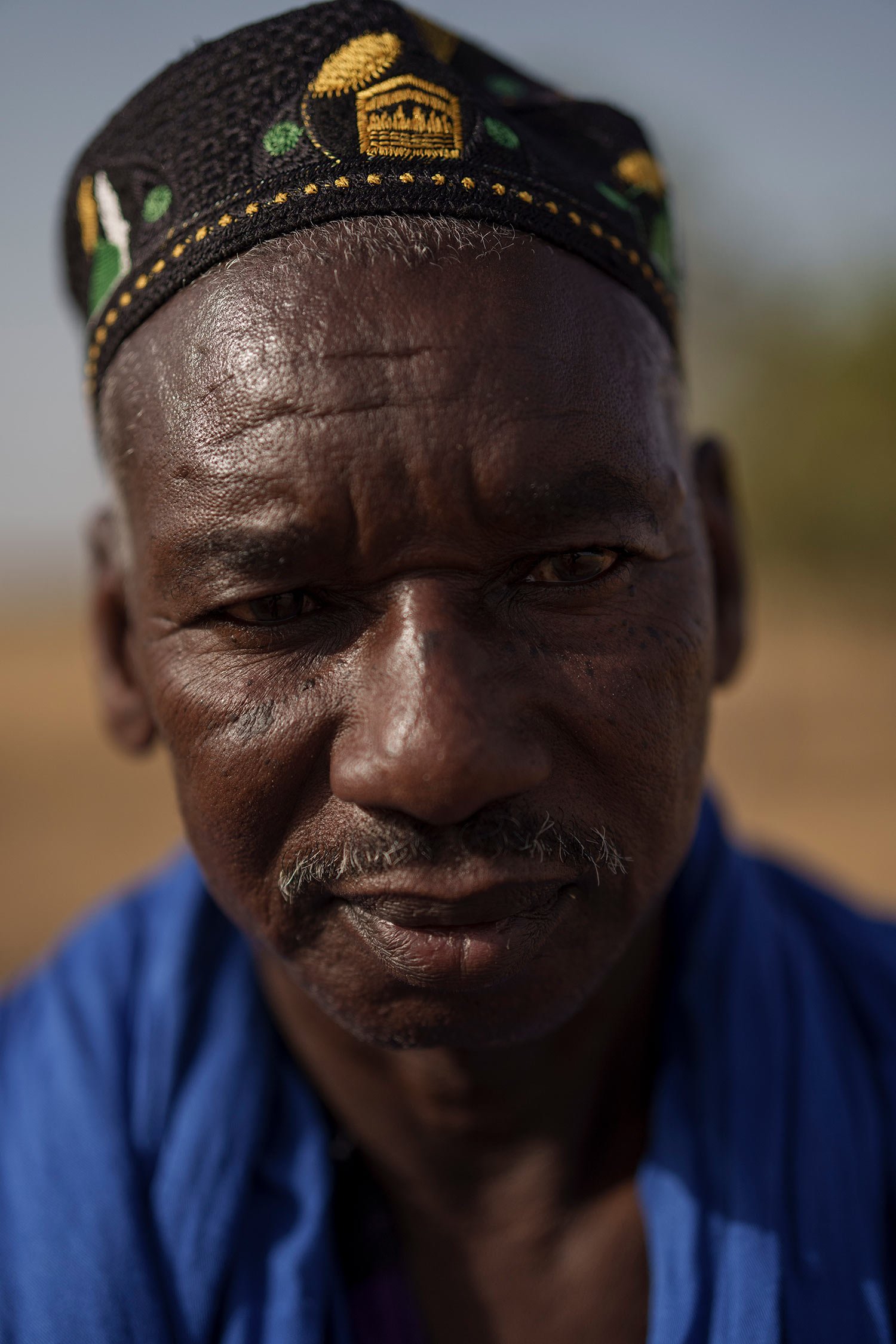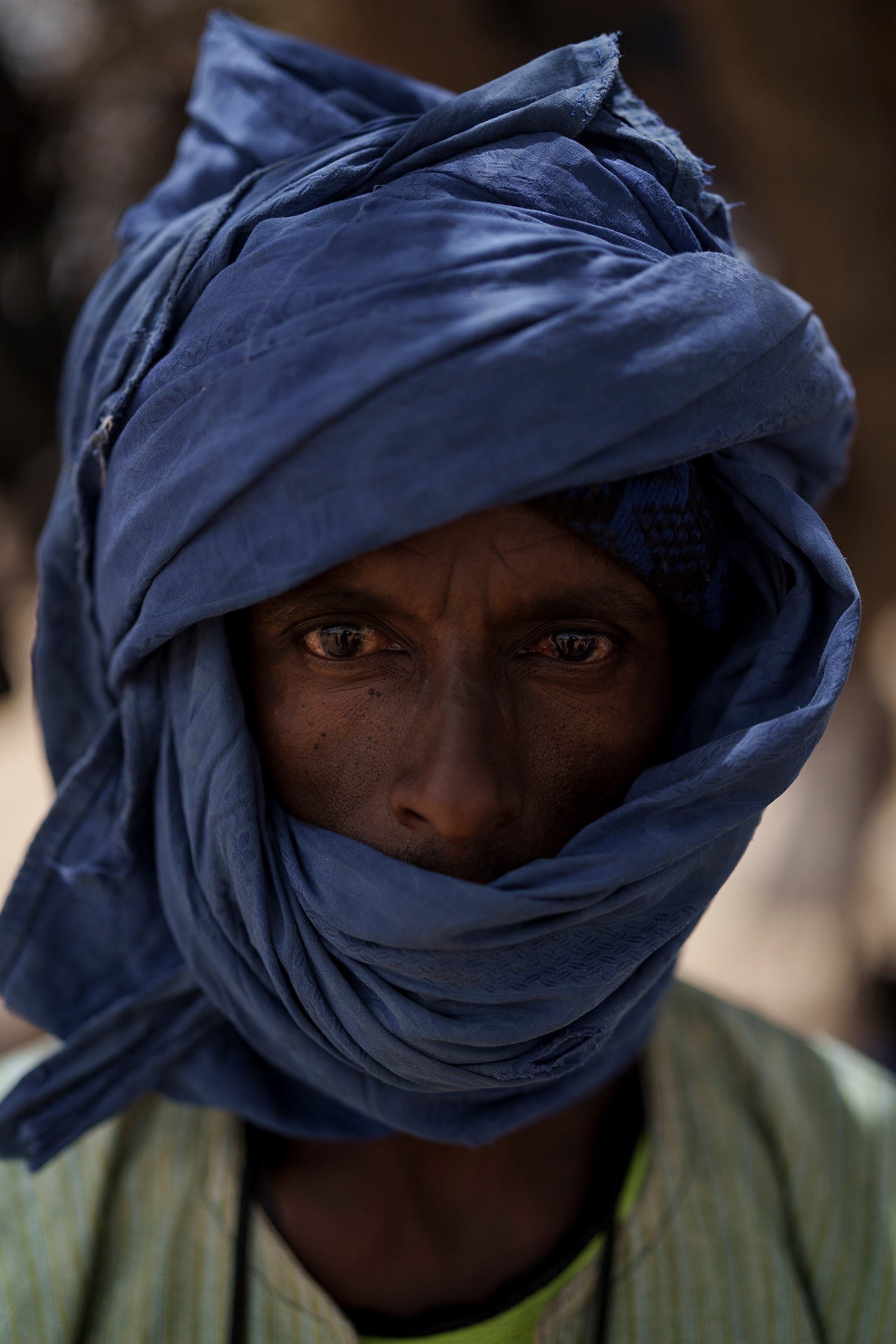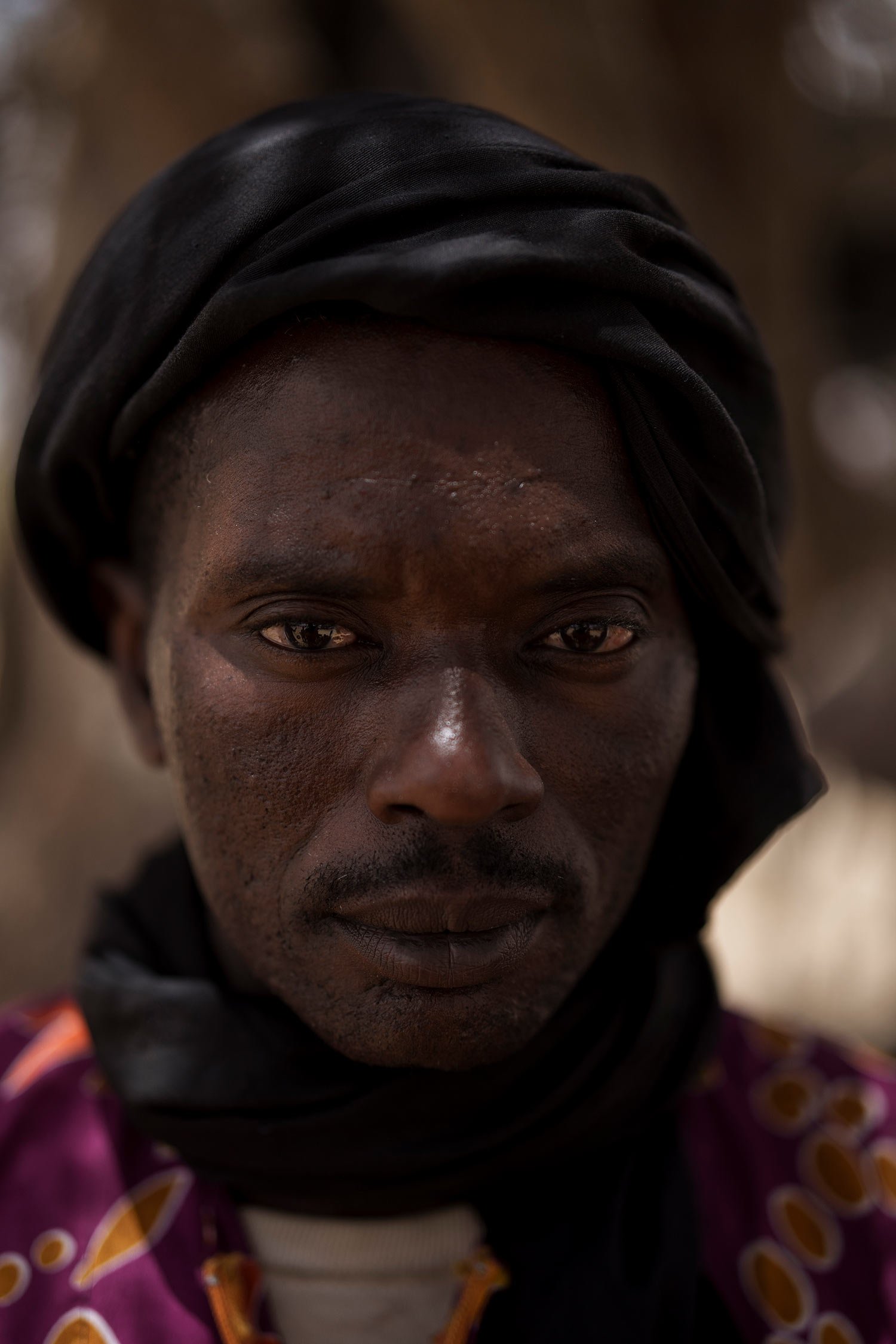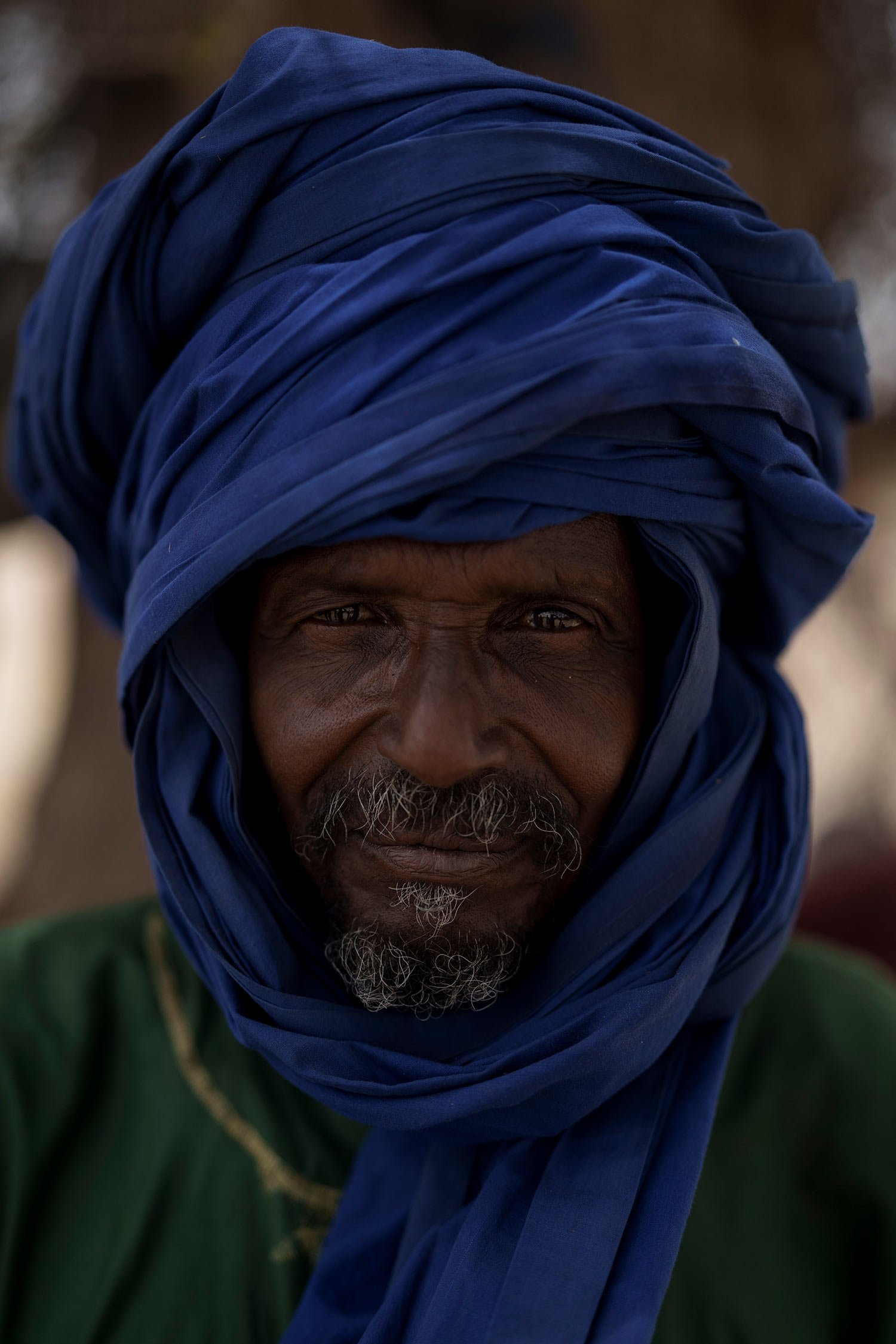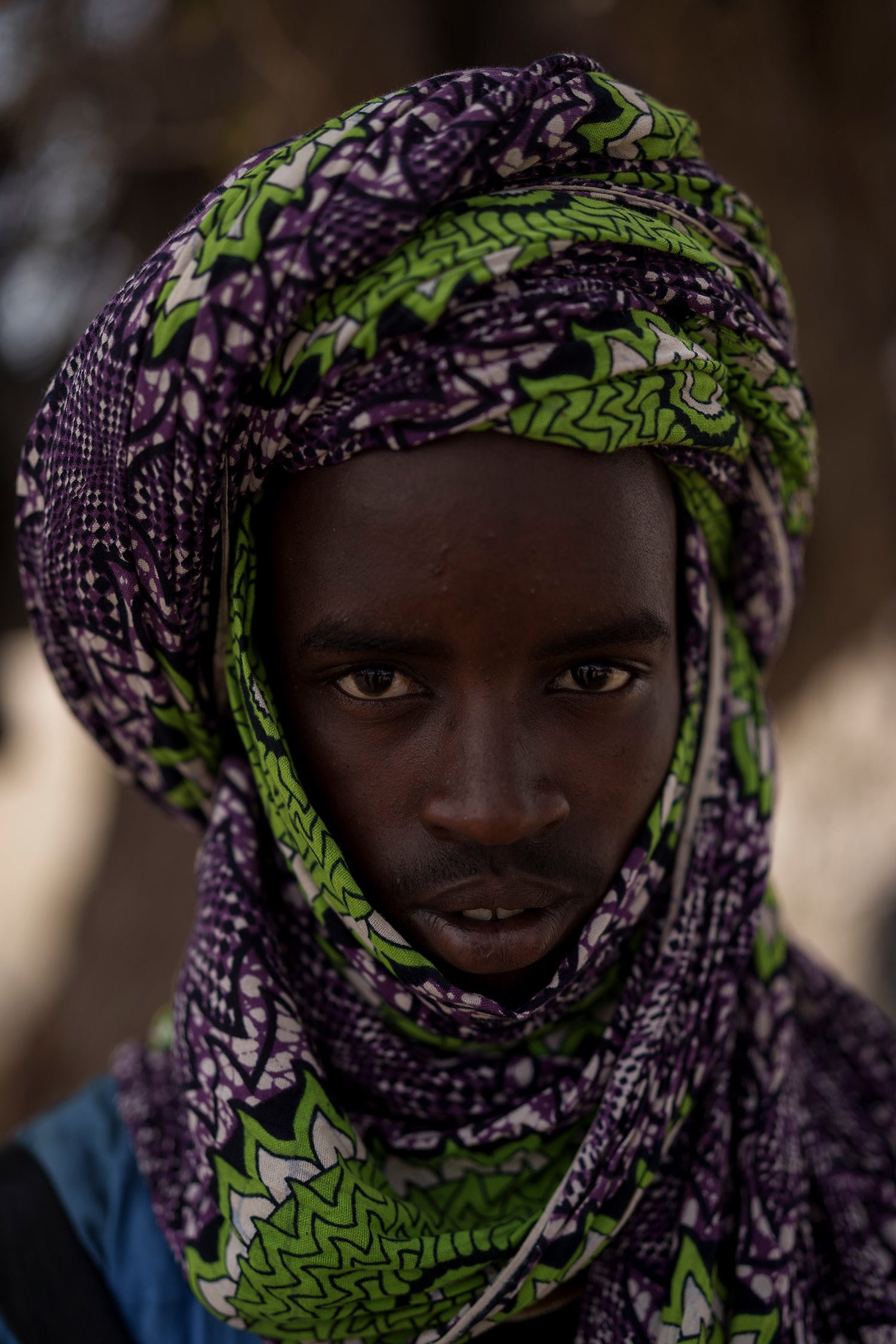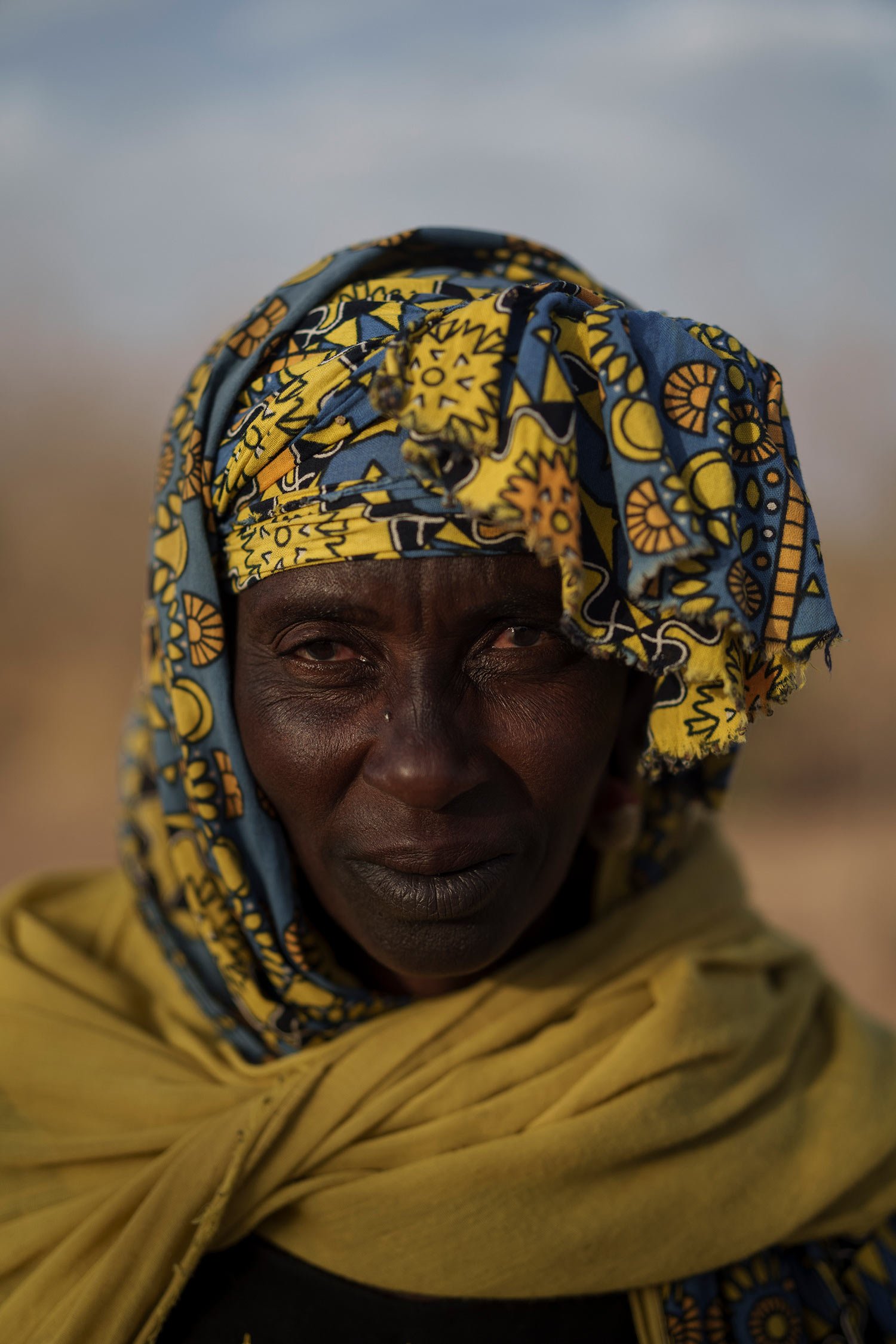Pastoralists in Senegal raise livestock much as their ancestors did centuries ago

The planet is changing, but pastoralists here in the Sahel region of Africa are in many ways still raising livestock the way their ancestors did centuries ago.
And countries like Senegal depend upon their success to feed their growing populations: The United Nations estimates that 65% of meat and 70% of milk sold at local markets in the region come from pastoralists.
As the Sahara Desert encroaches ever southward, the amount of arable land for animals to graze decreases each year. That’s putting extra pressure on pastoralist herders. Among them is Amadou Altine Ndiaye, who earlier this year made a 170-kilometer (106-mile) trek in search of more verdant land for animals.
“One of the main difficulties related to pastoralism is the lack of grazing,” Ndiaye said. “There would be no problem if there is grazing and water, but it is during this dry season that it is most difficult.”
Cows walk together in the village of Anndiare, in the Matam region of Senegal, Wednesday, April 12, 2023. (AP Photo/Leo Correa)
With decreasing rainfall and deforestation in the region, Ndiaye said the terrain is no longer like it was in the 1970s when he was young. “The forest is not like it used to be, and every year the change continues,” he said.
The search for water is all-consuming, particularly during the dry season in West Africa. Nomadic herders make use of wells and boreholes, planning their itinerary routes around a series of water towers the government has put up to help pastoralists care for their animals.
Some pastoralists now essentially live semi-nomadic lives, keeping their families in one place but moving the animals nearby to graze as needed.
Mamadou Samba Sow, 63, is originally from Mauritania but now lives in northeastern Senegal with his wife and 14 children.
Despite the hardships of raising livestock, he describes his connection to his animals “like the bond that exists between two people.”
“There’s a kind of reciprocity between you and the animals — they take care of you in the same way as you do with them,” he said. “They know where you are, whatever your position.”
Oumar Abdoulaye Sow, 43, sits at a water trough after giving water to his cows in the village of Fete Forrou, in the Matam region of Senegal, Tuesday, April. 11, 2023. (AP Photo/Leo Correa)
Flip flops are seen at the entrance of a small house at a compound of a family of herders in the village of Anndiare, in the Matam region of Senegal, Wednesday, April 12, 2023. (AP Photo/Leo Correa)
Members of the community pray during the holy month of Ramadan in front of their mosque in the village of Anndiare, in the Matam region of Senegal, Wednesday, April 12, 2023. (AP Photo/Leo Correa)
The Fulani people:
The Fulani people — also known as the Peuhl — are believed to be the largest seminomadic ethnic group in the world, with communities stretching from Senegal to the Central African Republic.
While some men in this Muslim ethnic group have attended Quranic school, most prepare for their future by learning the ways of animal herding alongside their elders.
“It’s a profession, but it’s also an inherited tradition,” says Amadou Altine Ndiaye, 48, who began tending to his family’s flock when he was 8. “It’s a source of pride.”
Now he’s working alongside his son-in-law, Moussa Ifra Ba. “I love pastoralism to the core,” the 28-year-old says.
Ba has grown especially attached to the family’s flock of sheep: “It’s a real friendship between you, and the male animals cry when they move away from you.”
“If you give a ram a name, after a month it remembers that name and as soon as you call it, it will come and join you."
The faces of pastoralists in Senegal, where connection to animals is key
Houraye Ndiaye, 20, daughter of Amadou Altine Ndiaye, stands next to a fire as she prepares dinner where her family set up camp in the village of Yawara Dieri, in the Matam region of Senegal, Saturday, April 15, 2023. (AP Photo/Leo Correa)
Men share a plate of food during the holy month of Ramadan at a compound of a family of herders in the village of Anndiare, in the Matam region of Senegal, Wednesday, April 12, 2023. (AP Photo/Leo Correa)
Amadou Altine Ndiaye holds a flashlight as he sits on his metal-framed bed next to his children and wife where they set up camp in the village of Yawara Dieri, in the Matam region of Senegal, Saturday, April 15, 2023. (AP Photo/Leo Correa)
Cows stand under a baobab tree nearby a borehole that supplies water to the village of Loumboul Dakaa, in the Matam region of Senegal, Wednesday, April 19, 2023. (AP Photo/Leo Correa)
Amadou Altine Ndiaye takes an afternoon nap where his family set up camp in the village of Dendoudy Dow, in the Matam region of Senegal, Monday, April 17, 2023. (AP Photo/Leo Correa)
Amadou Tidiany Sow, 50, top left, prays as a man collects water from a well with the help of a camel, during the holy month of Ramadan, at the village of Fete Forrou, in the Matam region of Senegal, Tuesday, April. 11, 2023. (AP Photo/Leo Correa)
Mamadou Samba Sow, 63, center left, and his wife, Dieynaba Toure, 46, center right, stand for a picture with their family at their compound in the village of Anndiare, in the Matam region of Senegal, Thursday, April 13, 2023. (AP Photo/Leo Correa)
Lead image: Dieynaba Toure, 46, milks a cow at the compound of her family in the village of Anndiare, in the Matam region of Senegal, Wednesday, April 12, 2023. (AP Photo/Leo Correa)
___
EDITORS’ NOTE — This story is part of The Protein Problem, an AP series that examines the question: Can we feed this growing world without starving the planet? To see the full project, visit https://projects.apnews.com/features/2023/the-protein-problem/index.html
___
Text from AP News text: AP PHOTOS: Pastoralists in Senegal raise livestock much as their ancestors did centuries ago and AP PHOTOS: The faces of pastoralists in Senegal, where connection to animals is key, by Leo Correa and Krista Larson
Photos by Leo Correa


